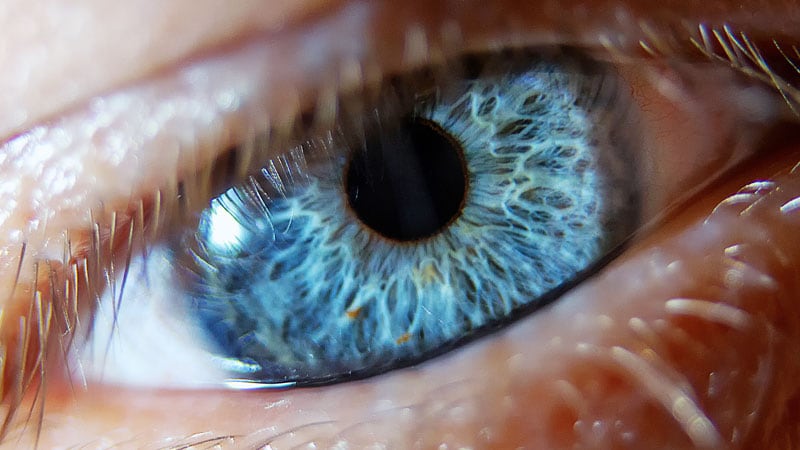The research suggests that retinal thickness can serve as a potential biomarker for predicting disability in patients newly diagnosed with relapsing multiple sclerosis (MS). The study measured retinal thickness using optical coherence tomography (OCT) and found a significant association between thinning of the retina and an increased risk of Expanded Disability Status Scale (EDSS) scores ≥3.0. The study also highlighted the importance of specific retinal layers, such as the peripapillary retinal nerve fiber layer (pRNFL) and the ganglion cell and inner plexiform layer (GCL), in predicting future disability and brain atrophy in MS patients. The findings suggest that retinal thickness could be a valuable tool in informing treatment strategies for MS patients.
Retinal Thickness and Disability Prediction
- Retinal thickness may predict disability in MS.
- Thinning of the retina linked to higher EDSS scores.
- Specific retinal layers crucial for predicting disability.
Study Methodology and Results
- Study included over 230 newly diagnosed MS patients.
- OCT used to measure retinal thickness within 3 months of diagnosis.
- Baseline thickness of retinal layers independently predicts disability progression.
Independent Predictors of Disability
- Retinal thickness associated with risk of EDSS ≥3.0.
- Thinning of pRNFL and GCL independently predicts disability.
- High-efficacy DMT linked to reduced risk of EDSS ≥3.0.
Strengths and Limitations
- Retinal thickness associated with progression independent of relapse activity.
- Limitations include non-specific changes on OCT and availability issues.
- OCT not reliable for patients with certain eye conditions.
요약 맞춤 설정
AI로 다시 쓰기
인용 생성
소스 번역
다른 언어로
마인드맵 생성
소스 콘텐츠 기반
소스 방문
www.medscape.com
Retinal Thickness a New Predictor of MS Disability?
핵심 통찰 요약
by Liam Davenpo... 게시일 www.medscape.com 07-14-2023
https://www.medscape.com/viewarticle/994380
더 깊은 질문
